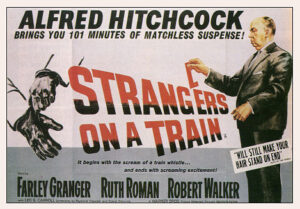
Review of the book “Rene Romero Schuler: Paintings and Sculpture (2016)
Whether working 2-dimensionally in paint or fabricating 3-dimensionally, René Romero Schuler is a sculptor. In her work, there is a visceral sense of material scraped, carved, and incised by hand. Her painting largely eschews brushes and is constructed with trowels and knives. Her sculpture— composed in a variety of media such as tightly wound coils of wire or in cast bronze that retains the inscribed trace of thumbs that have probed clay—contains an energy of the hand in pursuit of form.
Schuler is a self-educated artist and therefore lacks formal academic training. Artists so classified are generally associated with outsider art:
artists who work beyond immediately acceptable formal definitions of style or artworld conceptions of proper practice. However, Schuler’s work does not fit into these categories, for her work is not naïve. She is an autodidact. In particular, she has paid close attention to Bay Area figuration. In the early 1960’s when the formal Abstract Expression of Clement Greenberg dominated painterly discourse in the New York centered art world, the painters in the San Francisco Bay Area began to champion an unapologetic return to the figure. This was often achieved with a bravura application of paint to canvas, evidencing the human struggle to shape form through mass and color was evident. This kind of painting was best exemplified in the work of David Park, but others of influence in this scene included Elmer Bischoff, James Weeks, Richard Diebenkorn, Joan Brown, and Nathan Oliveira.

While one can see the influence of David Park’s dense handling of the materiality of paint in Schuler’s work, it is Nathan Oliveira’s influence the most readily jumps to mind. In particular, it is Oliveira’s ability to capture, with his heavy use of impasto, the delicacy of the Mediterranean-like light and atmosphere for which the Bay Area is famous. This appears to be a powerful influence on Schuler as exemplified in her 2015 work “Carino.”
It is not surprising, that Schuler spends time away from Chicago in the fragile Pacific luminance of Carmel, California. As noted in the catalogue essay by Elizabeth K. Whiting, next to Oliveira, Schuler is clearly influenced by the Swiss modernist Alberto Giacometti. In her elongated figures she evokes the shimmering phenomenological presences of personality. What perhaps makes her works distinctive, and moves them beyond echoing these previous artists, is her ability to pair her painting with sculpture.
Although her sculptures are modest in scale, generally ranging between 12” to 36” in height, (see the work “Tally”). However, these works contain a concrete specificity of form that render the accompanying paintings— that tend to range in height from 48” to 60”—as evocative shadows cast by the smaller sculptures (refer to web site, reneschuler.com to see these gallery installations).
This further accentuates the performance of light within the two dimensional works. Thus, the ways she installs her work becomes critical to a full understanding of her artistic vision. While the painterly glow of Schuler’s use of color attracts initial attention to her work, it is the visceral sculptural sense of form and the play of space, best represented in her three-dimensional work, that demonstrate the distinctiveness of her voice.
Richard Siegesmund
Richard Siegesmund is Professor of Art+Design Education at Northern Illinois University. He has received individual fellowship awards from the National Endowment for the Arts, the Getty Trust, and has served as a Senior Fulbright Scholar
Volume 31 number 2, November / December 2016 p 34

